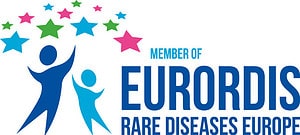There are various types of FAODs. Thanks to our partnership with the International Network for Fatty Acid Oxidation Research and Management (INFORM), below is an overview of the various FAODs, their diagnosis, treatments and symptoms.
It is important to determine which type of FAOD someone has, in order to determine the best course of treatment and to predict the risk of recurrence for future children. We encourage you to take a look at the different types of mitochondrialRelated to the mitochondria. diseases below.
Connecting with others impacted by a rare disease allows for vital information to be shared about day-to-day life, prevents isolation, and gives hope.
Please contact MitoAction for peer support opportunities at 888-MITO-411 or email mito411@mitoaction.org.










